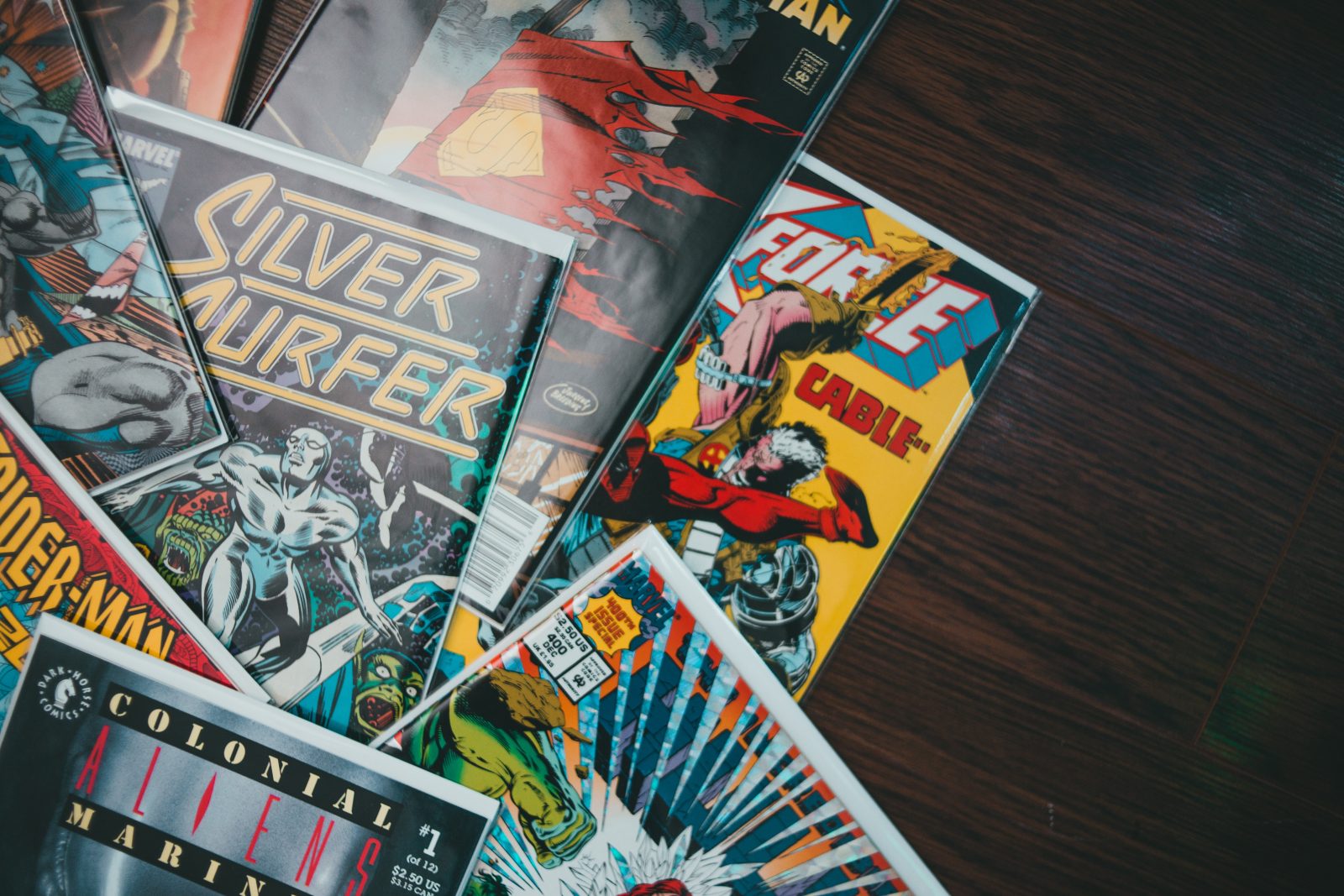Nowadays the cinematic world is filled with movies originating from comic books. With the advancements made by modern technology producing such movies are easier than they were a few decades ago. Since they are more common now, the general audience only knows what they see on the screen. But there is a fascinating history associated with the source material of these movies, i.e. comic books. However, so much historical content related to comic books will not be possible to discuss in this article. Accordingly, we will focus on Marvel Comics here.
The Birth Of A Giant
The story of the Marvel Comics we know today begins from the 1930s. In 1939, a magazine producer, Martin Goodman founded Timely Publications, based at New York. The publication’s first comic was based around The Human Torch (Fantastic 4) and Black Panther’s arch nemesis, Namor The Submariner.
Needless to say, the story was a big hit and Timely Publications gradually expanded. Its employees namely Joe Simon and Jack Kirby eventually created the iconic character of Captain America. This was in 1941 during WWII’s early years. Therefore, the birth of such a patriotic character who fought against Nazi soldiers raked huge revenue for the publication. The best was yet to come for the publication company as the famous Stan Lee started working there as an editor. For those unaware, he is the creator of many of the commercially successful Marvel characters we know today.
The Initial Rise of the Marvel Empire
As mentioned before, characters such as Captain America were very popular in the WWII era. Sadly, the end of the war signalled the end of Timely Publication’s initial popularity. The writers in the company underwent the process of reinvention as the old method of writing failed to please the audience. During this reinvention process, the Timely tried out many different things to appease their customers. They did this via Atlas Comics, one of their subsidiaries and it worked for the time being because they were quick to produce and were not very expensive.
Funnily enough, it was because of DC Comics, Marvel’s rival in the industry that they experienced a resurgence in the 1950s. DC Comics revived the customers’ interest in the product. Marvel used it to their advantage but simultaneously attempted to do something different than their rivals. While DC Comics targeted the kids demographic, Marvel targeted a relatively more mature audience.
The first phase of Marvel’s plan included the official creation of the Fantastic Four by Stan Lee. The title was amazingly successful.
One thing led to another and this success paved the way for the creation of another iconic fictional character, Spiderman. This character was Stan Lee’s crown jewel.
What Marvel really made strikeout was their focus on being realistic in their stories, even in the fictional setting.
They continued with their focus on realism in subsequent popular titles such as the X-Men, Daredevil and The Incredible Hulk. And as a result, the shared-world of Marvel characters was born.
A Dark Chapter In The History Of Comic Books
The 1980s were a time when all of the comic book companies, including Marvel were doing spectacularly well in the financial aspect. Characters such as Spider-Man, Fantastic Four and The Avengers were more famous than ever before. But the industry took a hit. Investors did a tremendous amount of adverse speculating in the stock market and this negatively affected the companies.
For Marvel, things were a bit worse. This is because in addition to the general pushback of the industry, the company’s well-known and famous writers left. Some of them joined rival companies. Some even went on to create their own comic book company called Image Comics.
All of these summed up led to Marvel filing for bankruptcy in ‘96. They already had well-established comic book characters which different companies were eager to get hold of. Therefore, in order to compensate for their woeful financial situation, Marvel sold the movie rights of Spider-Man (to Sony Studios), X-Men and Fantastic Four (to Fox Studios) etc. Luck was coming in Marvel’s favor again as few of their more well-known writers started coming back under their employ.
A Bookmark In The History of Comic Books: Marvel Studios’ Movies
Nowadays, we are all too familiar with the Marvel Cinematic Universe (MCU). The MCU seems like a never-ending story. This is possible because the history of comic books is so expansive.
Also, the existence of the MCU should be credited to the film studios who bought famous franchises from Marvel back in the 90s and started churning out the movies. Their movies were the precursors and the standard with which the MCU tries to compete with, which is why it is so successful today.
Late 90s and early 2000s movie franchises such as Blade, X-Men, Spider-Man (Sam Raimi) and Fantastic Four showed that it was possible for Marvel Comics’ stories to be adapted in the big screen and be commercially successful.
The commercial success of these movies gave the powers that be the courage to produce a movie based around Iron-Man. Do not misunderstand us but before Robert Downey Jr. portrayed the leader of the Avengers, the character was mostly seen as a secondary one within the comic book fandom. And with the success of the Iron-Man movie (and the oft-forgotten Hulk movie of Edward Norton), began the never before seen Marvel Cinematic Universe.
Current State Of Affairs
Even though the movies were (and still are) doing financially good, the same could not be said about the comic books they were based on. Which is why Marvel decided to publish new comic books which would expand the lore of the movies. This was done in the hope that general audience members would be interested to know further about the movies from the comic books. However, this strategy did not benefit them in the long-run as was evident from their profits.
Therefore Marvel, now with the financial backing of their successful movies, decided to publish comic books which attempts to target a wider demographic. Doing so was a smart move on Marvel’s part. This move ensures that it remains one of the biggest powerhouses in the comic book industry, if not the biggest.


























Leave a Reply